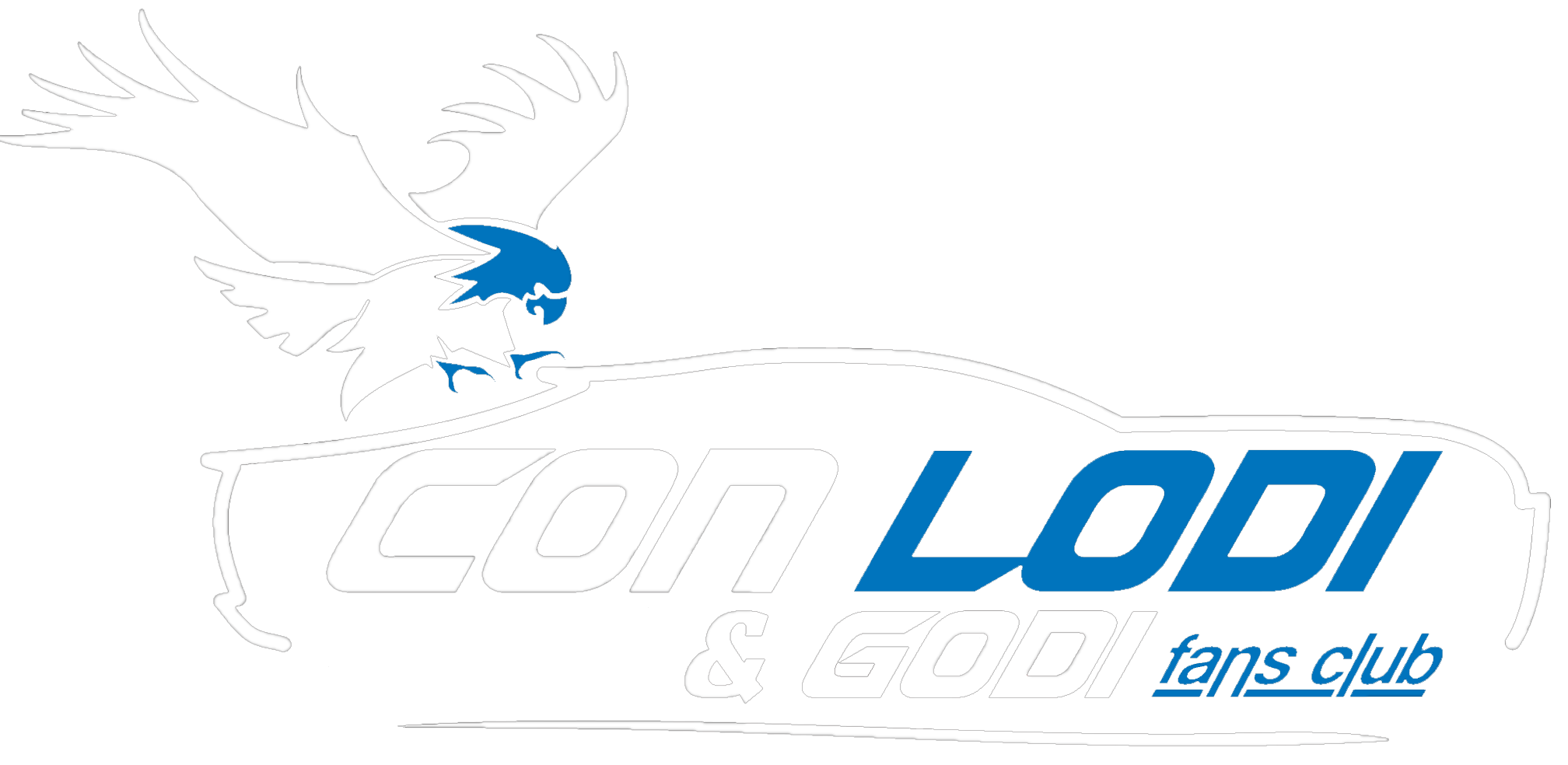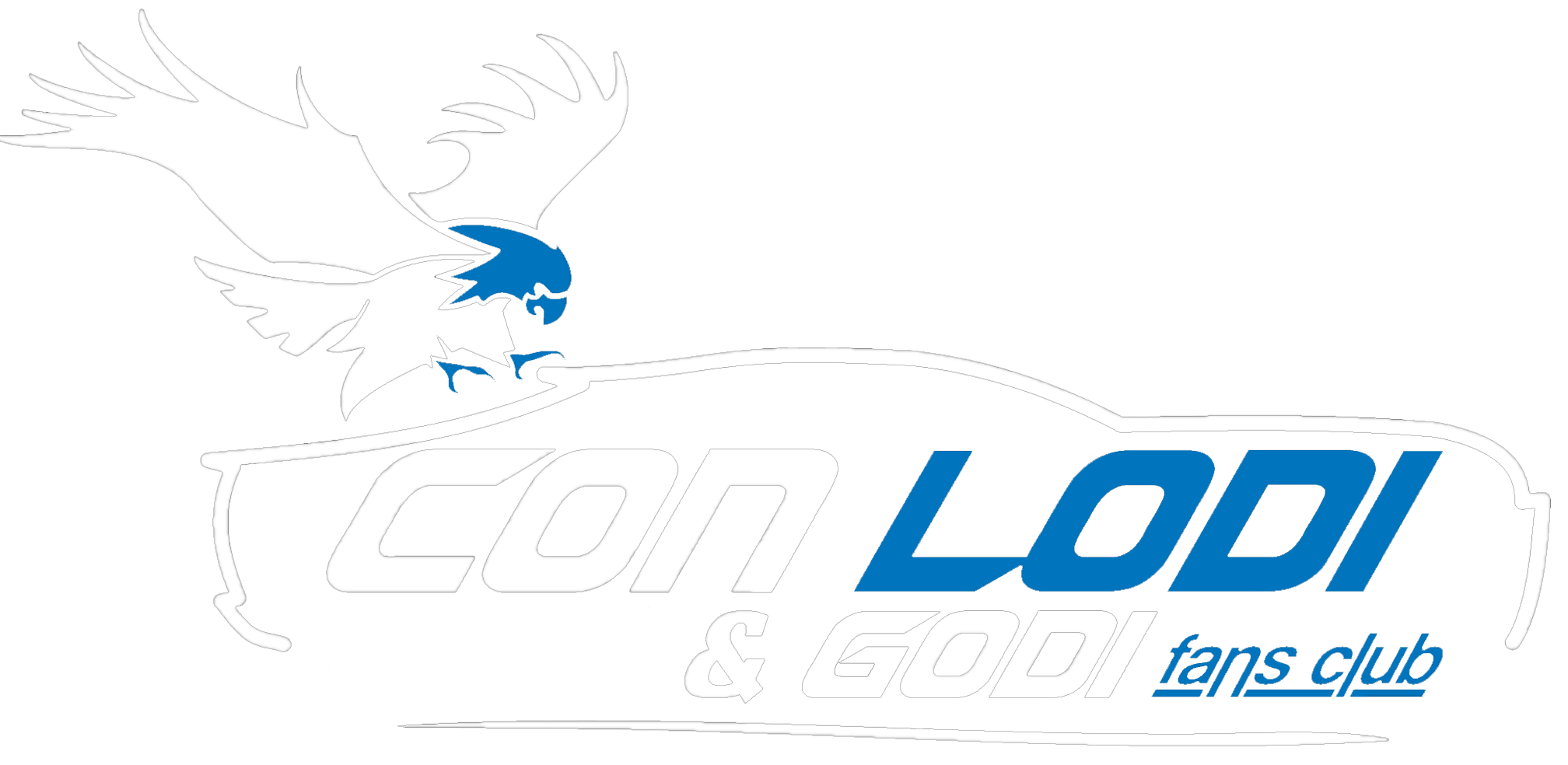Sometimes, depending on the way in which employers pay their employees, salaries and wages may be considered short-term debt. If, for example, an employee is paid on the 15th of the month for work performed in the previous period, it would create a short-term debt account for the owed wages, until they are paid on the 15th. Xero gives you the tools to keep your business financially stable and support its growth. Lenders, investors, and stakeholders use gearing ratios to assess financial stability.
Why is accounts receivable considered an asset?
You will need to submit detailed financial info, and the process can take several months. Assets are the resources your business uses to operate and generate revenue. Reach out for a demo to see how we can help you hit your budget goals and get the most out of your assets. Shaun Conrad is contra asset account a Certified Public Accountant and CPA exam expert with a passion for teaching.
Short-term debt is any financial obligation that matures within 12 months. Short-term debt includes short-term bank loans, lines of credit, and short-term leases. Short-term loans with any amounts due within the next 12 months will be considered a current liability. This will include any amounts for principal, interest, or any other loan fees. Some examples of a short-term loan include a small business line of credit, business credit cards, and personal loans obtained for business purposes. Accrued expenses (otherwise known as accrued liabilities) are expenses that your business has incurred but not yet paid.
For most individuals who owe $50,000 or less, the fastest way is the IRS Online Payment Agreement tool. It’s available on the IRS website and takes about 30 minutes if you have everything ready. Establishing approval workflows and fraud detection measures can prevent financial mismanagement. (Cash + Receivables) ÷ Current LiabilitiesThis excludes inventory to focus on immediately available funds.
#7 – Accrued Expenses (Liabilities)
These current liabilities are sometimes referred to as “notes payable.” They are the most important items under the current liabilities section of the balance sheet. Cost of Goods Sold ÷ Average Accounts PayableHelps understand how quickly a company pays suppliers. Lower turnover might indicate cash flow issues—or, alternatively, strong negotiation terms.
Supplier
- But it also helps you understand the business’s ability to invest its capital.
- It shows how reliant a company is on borrowed funds relative to its intrinsic worth, providing insight into financial health.
- If you ignore a new debt while on a plan, the IRS can cancel the whole thing, and restart enforcement, including wage garnishment.
- If a company, for example, signs a six-month lease on an office space, it would be considered short-term debt.
- Use a dynamic schedule or dashboard to track due dates, amounts, and payment statuses.
- Understanding these different types helps businesses categorize their short-term obligations and manage cash flow efficiently.
Current Assets ÷ Current LiabilitiesA ratio above 1.0 typically indicates the company can meet its obligations, but too high may mean idle cash or inefficient use of resources. These are usually due within 30–90 days and need constant monitoring to avoid late fees or strained partnerships. While the definition is simple, the implications of poor tracking or mismanagement are not. Each category of liability brings its own risks, timing constraints, and impact on cash flow. Expenses not yet payable to the third party but already incurred like interest and salary payable. For example, salaries that the employees have earned but not been paid are reported as accrued salaries.
Financial
Accounts payable are amounts owed to a company’s creditors or suppliers for goods or services rendered but not yet paid. When a company receives an invoice from a supplier, it will enter the amount in the books as an account payable. The balance sheet is a financial statement that shows a company’s assets, liabilities, and equity at a given point in time. Current liabilities are often separated out in a subcategory at the top of the liability section– the second section of the three. Payments you must make within the next 12 months that have not been included in any of the above categories on your balance sheet are also considered a current liability.
5 Current Portion of Long-Term Debt
If you are looking at the balance sheet of a bank, be sure to look at consumer deposits. In many cases, this item will be listed under “other current liabilities” if it isn’t included with them. If, on the other hand, the notes payable balance is higher than the total values of cash, short-term investments, and accounts receivable, it may be cause for concern.
Some common examples can include payroll expenses and wages for employees, utility bills, rent payments, and customer warranty repairs. The amount of short-term debt— compared to long-term debt—is important when analyzing a company’s financial health. The treatment of current liabilities varies by company and by sector and industry. Current liabilities are used by analysts, accountants, and investors to gauge what kind of account is sales discounts forfeited how well a company can meet its short-term financial obligations.
- The remainder of the long-term debt due in 13 months or further out should stay in the original account.
- The current ratio (or working capital ratio) is a financial metric that measures the business’s ability to pay down its debts by looking at its current assets and current liabilities.
- Learn more about how current liabilities work, different types, and how they can help you understand a company’s financial strength.
- Both the current and quick ratios help with the analysis of a company’s financial solvency and management of its current liabilities.
- For all three ratios, a higher ratio denotes a larger amount of liquidity and therefore an enhanced ability for a business to meet its short-term obligations.
- Then, you’ll see a total figure that shows all of the current liabilities.
📆 Date: May 3-4, 2025🕛 Time: 8:30-11:30 AM EST📍 Venue: OnlineInstructor: Dheeraj Vaidya, CFA, FRM
In that case, it may face financial difficulties, which can harm its reputation and ability to secure financing in the future. In those rare cases where the operating cycle of a business is longer than one year, a current liability is defined as being payable within the term of the operating cycle. The operating cycle is the time period required for a business to acquire inventory, sell it, and convert the sale into cash. When a company receives money in exchange for a short-term debt obligation, it records a journal entry with a debit to cash and a credit to a short-term debt account. When the money is paid off in part or in full, it debits both the short-term debt account– for the principal portion– and interest expense– for the interest portion– and credits the cash account. When a company receives an invoice from a vendor, it enters a debit to the related expense account and a credit to the accounts payable account.
The sum of total current liabilities at the beginning of the period and The total current liabilities at the end of the period at what income does a minor have to file an income tax return is divided by 2. The dividends declared by a company’s board of directors that have yet to be paid out to shareholders get recorded as current liabilities. Also, if cash is expected to be tight within the next year, the company might miss its dividend payment—or at least not increase its dividend. Dividends are cash payments from companies to their shareholders as a reward for investing in their stock.
Besides, new tax debt comes with its own baggage—more penalties and interest. They will not come after me.” But the debt kept growing year after year. Now you are wondering if there is even a chance for a second agreement. With BILL Spend and Expense, you get access to an expense management software and company cards that help you control what you spend. That means complete oversight and control over every dollar that leaves the business. It’s important to set goals for the current ratio, but it should come from an equal consideration of industry norms and the unique aspects of the business.
Banks, partners, and investors look at current liabilities to assess risk. High short-term debt without corresponding liquidity can weaken your negotiating power or trigger unfavorable loan conditions. Unearned revenue, also called deferred revenue, is cash received from a customer for goods or services that have not been provided but will be fulfilled within 12 months.
In their current state, they have a healthy current ratio where they can afford all of their short-term debts and have money left over. You may already be tracking current assets and current liabilities separately on your balance sheet as they’re parts of GAAP reporting practices. Using the current ratio with other liquidity ratios gives the business a complete picture of its ability to pay its debts. Current liabilities are important because they help businesses understand their short-term financial obligations and assess their ability to meet those obligations. In accounting, a current liability is a financial obligation that is due within one year or within the company’s operating cycle, whichever is longer. It’s important for a company to carefully manage its current liabilities because they can significantly impact the company’s financial health.

